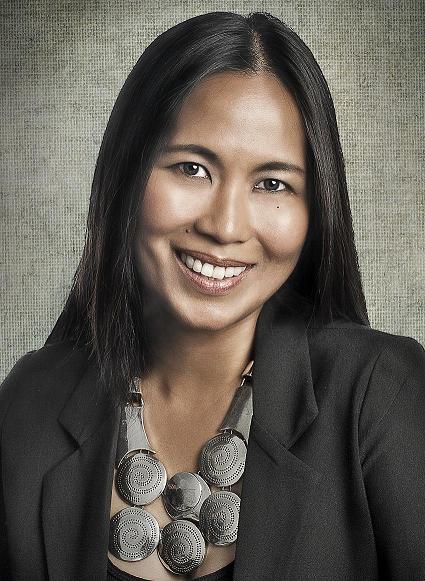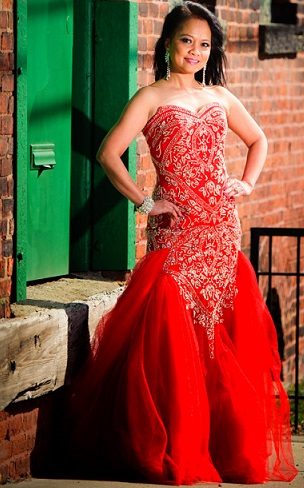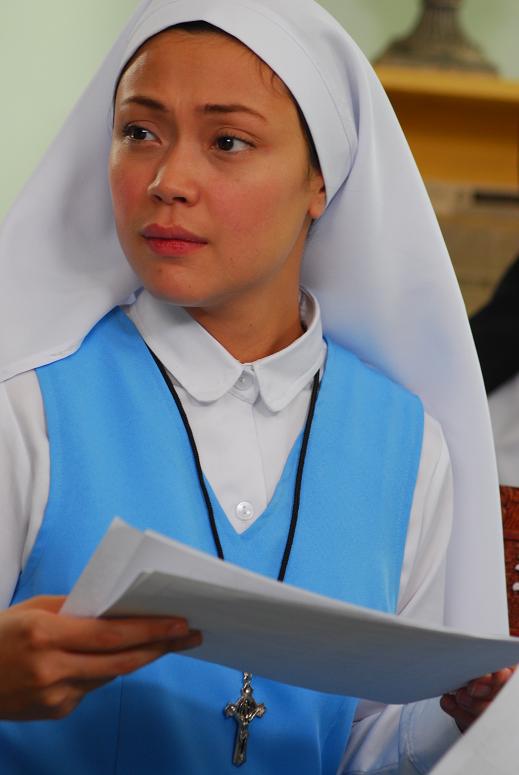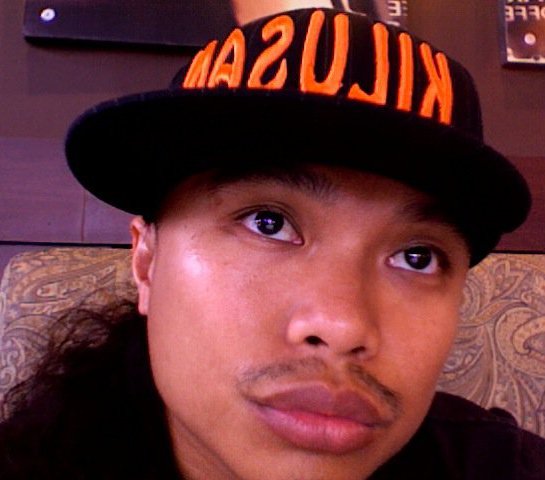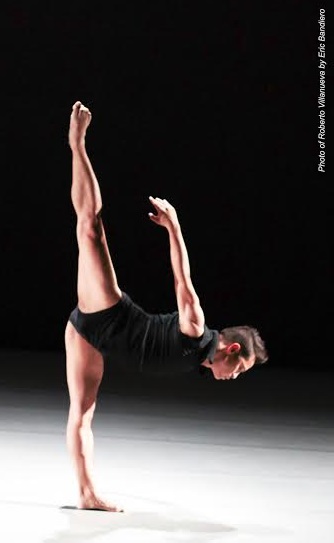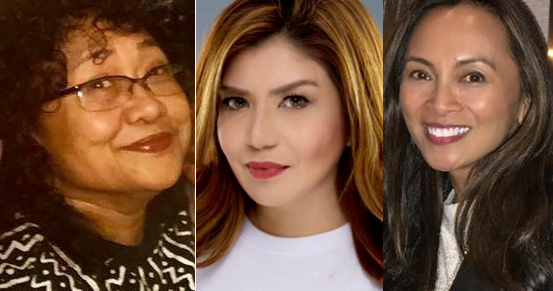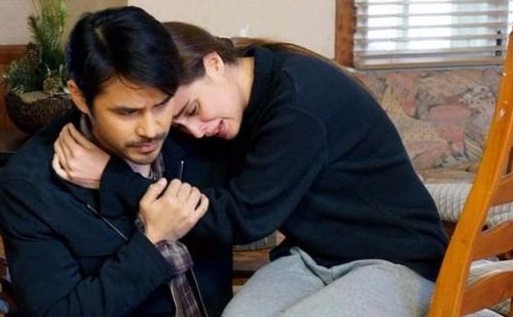History of Filipino nurses in VA presented in Ren Capucao’s photo exhibit
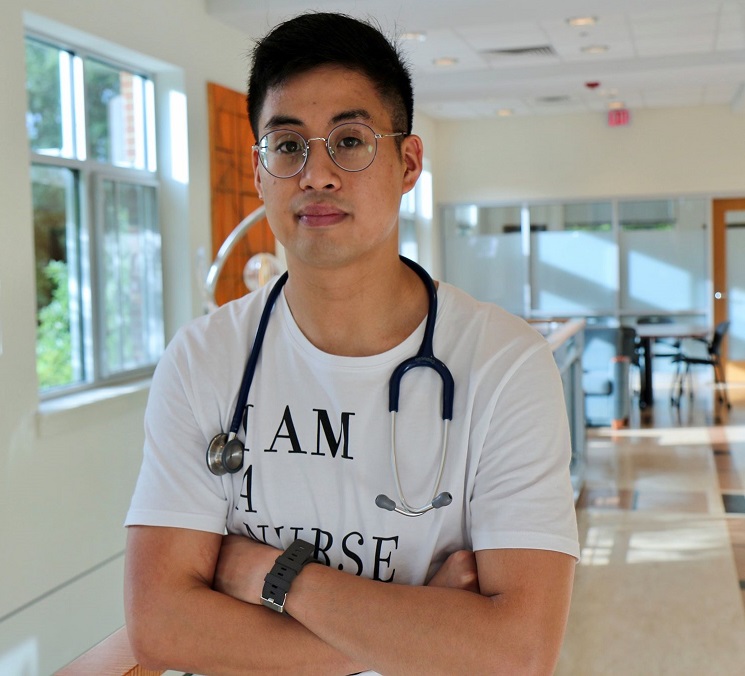
By Christine Phelan Kueter
University of Virginia
Lots of parents urge their children toward careers in medicine, law or engineering. Reynaldo “Ren” Capucao’s family suggested those fields, along with one more, too: nursing.
“Growing up Filipino, I noticed that other parents didn’t say that,” said Capucao, a University of Virginia graduate nursing student raised in Virginia Beach. “I always wondered, ‘Why are so many of us nurses?’”
The answer – which spans more than a century and hearkens back to the Spanish-American War’s 1898 end, the Jim Crow South, and even the post-9/11 fear of immigrants – is a lesson in history, migration, the American nursing shortage and the ever-shifting sands of health care.
It’s also the topic of Capucao’s dissertation and a forthcoming exhibit, “Culture to Care: The History of Filipino Nurses in Virginia,” which he will present August 10 at the Philippine Cultural Center in Virginia Beach.
With support from UVA Nursing’ Bjoring Center for Nursing Historical Inquiry, the Philippine Nurses Association of Virginia and Virginia Humanities, Capucao’s multimedia exhibit tells the story of Filipino nursing in Virginia through dozens of interviews, collected photographs, filmed narratives and migration maps. It will become a permanent part of the School of Nursing’s “Hidden Nurses” initiative, sponsored by the Jefferson Trust – an homage, Capucao said, to the many Filipino nurses who came before him.
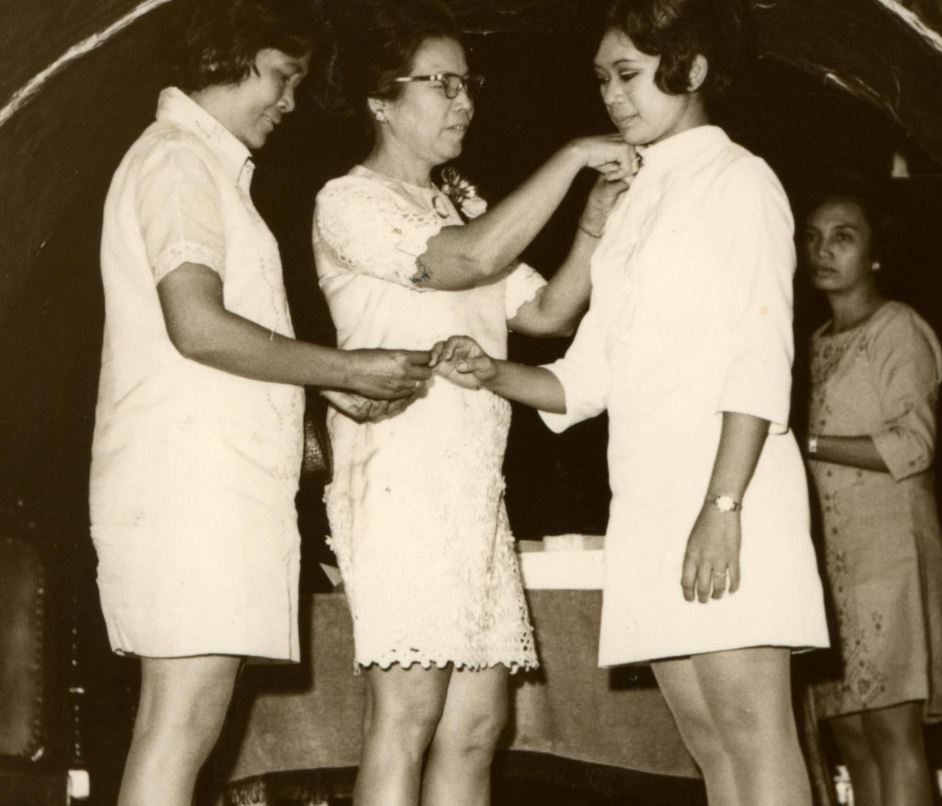
Although Filipinos make up just 1 percent of the American population, they make up more than 4 percent of nurses practicing in the U.S. Since the 1970s, Filipinos make up the largest group of internationally educated nurses practicing in the U.S., a movement that contributed to Filipinos becoming the third-most populous group of Asian Americans overall (comprising nearly 20 percent of Asian Americans, behind Indian and Chinese Americans).
Filipino migration to the U.S., said Capucao, came in four waves: American colonialism to pre- World War II; roughly 1940 to 1965; from ’65 to the present; and a final wave compelled through chain migration.
After the Spanish-American War ended in 1898 and the U.S. took control of the Philippines, the import of Western institutions, including nursing and medicine, and a series of subsequent legislative maneuvers (including the development of U.S.-led nurse training programs in the Philippines; the Hill-Burton Act of 1946, which fueled construction of new American hospitals; and the 1948 Exchange Visitor Program and Immigration Act of 1965, which opened up opportunities for thousands of Filipino nurses to work in the U.S.) created a growing demand for nurses and an established route toward opportunity for Filipinos, who were only too happy to fill the gap.
Once in the U.S., Filipino nurses imbalanced the clinical and racial hierarchy of nursing. Considered neither white nor black, Filipinos encountered racism and, in some cases, hostility. Still, in most environments they were embraced and flourished, and in their adopted homeland created “a sense of community, a sense of familiarity, and a transnational linkage back to the Philippines,” Capucao said.
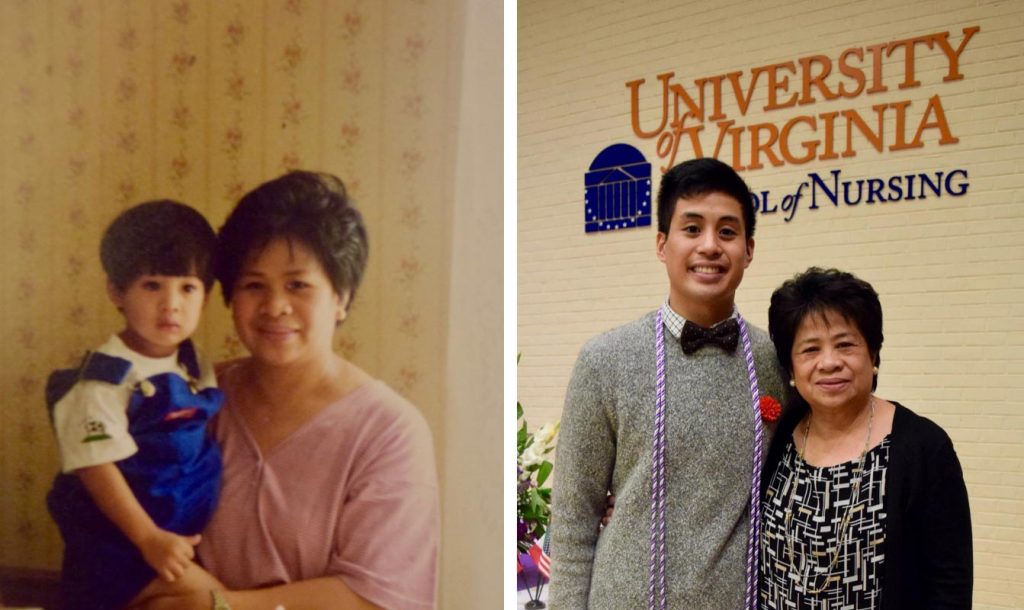
The wave of Filipino nurse immigrants included Capucao’s mother, Jolly, one of eight children from a rural fishing town to whom “the nurse’s white cap became a symbol of her hopes and dreams.” It wasn’t an easy journey. Motherless at 14, Jolly became a parental figure to six younger siblings. After graduating from a Philippine nursing school, she took a job as a public health nurse in her hometown while raising her younger siblings and putting them through school. It wasn’t until her eldest brother enlisted in the U.S. Navy and petitioned for her citizenship that Jolly arrived in the U.S., settling in Virginia Beach, part of the Hampton Roads region that today has the largest population of Filipinos on the East Coast.
By 1990, Jolly had passed her nursing board exam, was working as a nurse, and, in 1992, gave birth to Ren, who would carry on the family’s nursing tradition, becoming an R.N. in 2019 after graduating from UVA’s Clinical Nurse Leader master’s program.
In May, Capucao earned his nursing degree. This month, Jolly will retire after more than 40 years of service as a nurse.
Capucao, who will continue his research as a doctoral student in nursing this fall, said the experience has also informed his understanding of Filipino culture, America’s sometimes fraught history with immigrants, the factors that compel migration, and deepened his knowledge of his own family’s backstory, as well as his trajectory into nursing. A portion of his dissertation will be published in the peer-reviewed journal Nursing History Review this fall.
Capucao also received support for the project from several Filipino nurse advisers and the Filipino American National Historical Society. He was mentored by Barbra Mann Wall, director of UVA’s Bjoring Center for Nursing Historical Inquiry, and Aprilfaye Manalang, a professor of history and interdisciplinary studies at Norfolk State University.
“I’m not where I am because of chance, but because of a culmination of historical events,” Capucao said. “The reason why I want to become a nurse historian is to venerate my mom, and the stories of unknown nurses who forged the path that I’m able to take.”
Ren Capucao, a Virginia native, is a Ph.D. nursing student and nurse historian at the University of Virginia. His current research examines the Filipino nurse diaspora to address larger questions about the nursing labor supply, transnational exchange of people and knowledge, and social history of nursing and immigration. This article was originally published by UVAToday and is being reissued with permission.

